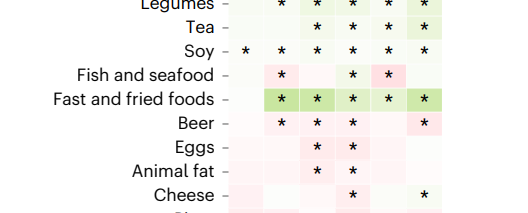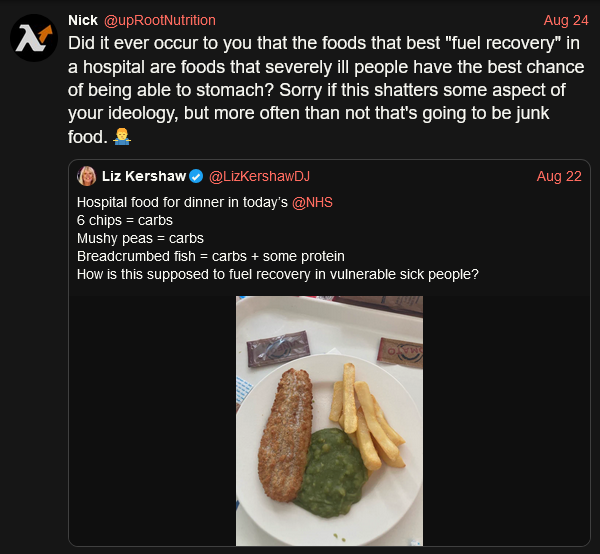@mccoy, thanks for posting this! I’ve seen many Longo interviews, but this might be the very best one.
I found it quite interesting to learn that glucose spikes (in moderation) can help prevent muscle loss.
It was also interesting in how glucose spikes were designed into Prolon. I always hear so many people saying they can copy the FMD on their own, and I imagine they don’t incorporate this. They just seem to think it’s about ketosis. I feel anyone interested in a DIY should watch this.
Unrelated, but at the very end of the video, I learned that Huberman is a partner in Attia’s protein bar. The podcast bros have become so incestuous with their cross promotions, it makes it hard for me to know when I should trust what they say. It’s a shame because they both have a lot to offer. I have learned I can’t listen to anything they say about nutrition because they have too much money on the line.
I was surprised to learn that if your main protein source is beans, you need to eat a ton more protein than .80 per kg. I do vary my sources, but I focus on beans, so now I will try harder.
No surprise but the protein topic is forever overwhelming. Valter thinks, in general, .80 per kg. He mentioned he is friends with Matt Kaeberlein, and MK is more in Attia’s camp of super high protein. I imagine he respects Longo, so I’d love to know why he feels so much protein is needed. Perhaps it’s because MK is also very protective of Attia (I could see why because Attia has given him a lot of exposure)? Or he might just disagree with VL. Either way, I’d love to hear his rationale why he feels VL is misguided about this. I respect MK, but I am not sure there is anyone I respect more than VL, so??
Now that I know Valter designed the protein powder, I’ll give it a try. I just assumed the company was putting out everything it could think of to profit off of Longo’s name. I’ll be more thrilled to try the protein bar that will soon be released.
On the fruit… My take on Longo is he is always concerned with what the average person might do, so him worrying about people taking that as permission to eat bananas all day tracks with me. He’s very practical in that way and sometimes doesn’t share the optimal options only because he’s trying to advise the masses. I don’t like this aspect, but I understand it.
The most important point Longo made was that he knows of no additional benefit of 100% chocolate over 85% (god bless him). JK, but only sorta.




